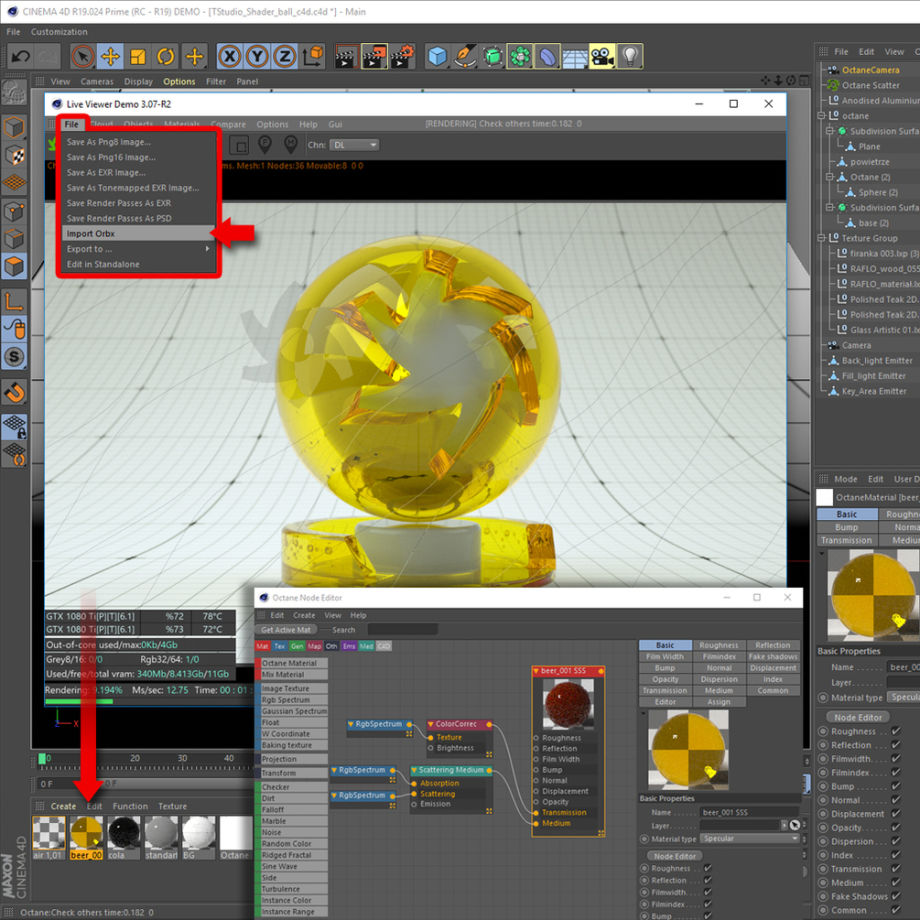

Since the last summer I use v4 in GPU mode daily. A long time I used version 2 and skipped version 3, since it was a complete new version and quite limited. From my side I can tell that I use V-Ray since approx. The added benefit is that the shadow is not baked into the rendering and can be tuned Thank for the details about your work. In the whole assignment of rendering a full (car) model this should not add much to the total time. Joining into polysurfaces as much as possible helps a great deal.ītw it should be possible (maybe with a bit help of some scripting) to quickly render out a separate shadow pass.

Not only does this bring the render engine to a crawl, but my Rhino viewport as well. Not sure how you receive your car files but in my case I always get them as iges files with hundreds to thousands of surfaces. I suspect that for Octane it is not any different and could make a big difference for your animations. Once I separated things based on material and extracted their render meshes, joining them into single disjointed meshes, render initialization goes an order of magnitude faster. Things like stitches work best if they are meshed and joined into one mesh.Ī while back I got a model that contained about 28 thousand of objects. It should not make a lot of difference how complex the model is. Have you tried rendering a car interior with all visible parts including thousands of stitches for seats or a fully detailed e-bike with all components?


 0 kommentar(er)
0 kommentar(er)
